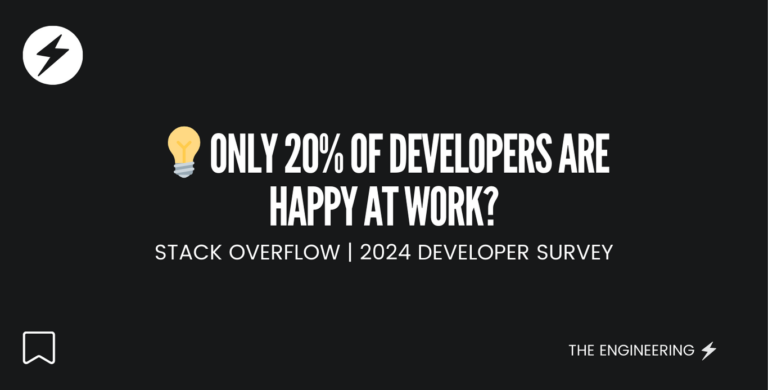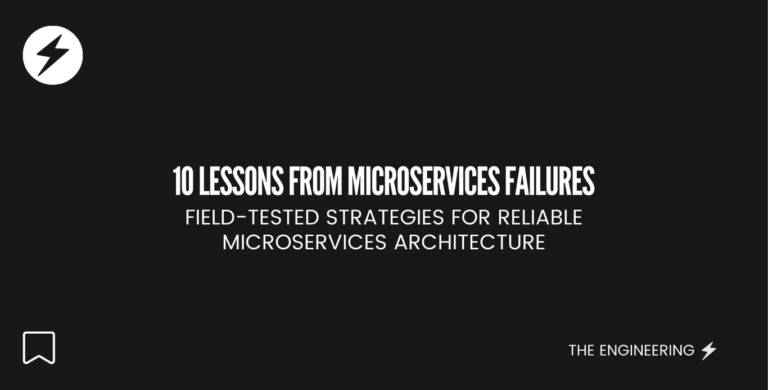The higher up you go in terms of seniority, the more critical behavioural interviews are for getting the proper approval for the respective role.
To master the behavioural interview in Big Tech companies (Meta, Google, Apple, etc.) and ensure your storytelling is both impactful and memorable, you can use the following effective storytelling frameworks. These frameworks help structure your responses concisely and compellingly.
1. STAR Method
The STAR method is a widely recognized framework that helps structure your answers to behavioural interview questions.
- Situation: Describe the context within which you performed a task or faced a challenge at work. Be specific and provide enough detail to give the interviewer a good understanding of the situation.
- Task: Explain the actual task or challenge that was involved. What needed to be done?
- Action: Detail your specific actions to address the task or challenge. Focus on what you did rather than what your team or coworkers did.
- Result: Share the outcomes or results of your actions. If possible, quantify your success with numbers or percentages and explain what you learned from the experience.

The Downside of the STAR Method
“The STAR (Situation, Task, Action, Result) method is widely used for structuring responses in behavioural interviews. While it is effective in helping individuals organize their thoughts and provide comprehensive answers, this approach has some drawbacks. One significant issue is the potential for redundancy between the”Situation” and”Task” steps.”The STAR (Situation, Task, Action, Result) method is widely used for structuring responses in behavioural interviews. While it is effective in helping individuals organize their thoughts and provide comprehensive answers, this approach has some drawbacks. One significant issue is the potential for redundancy between the “Situation” and “Task” steps.
Key Issues with the STAR Method
- Redundancy between Situation and Task:
- “Repetition: The”Situatio” step asks for context, which often naturally includes the”Tas”. For instance, when describing a project, the speaker will inherently mention their role and responsibilities, which overlaps with the”Task” step.”Repetition: The “Situation” step asks for context, which often naturally includes the “Task”. For instance, when describing a project, the speaker will inherently mention their role and responsibilities, which overlaps with the “Task” step.
- Confusion: Candidates may become confused, leading to repetitive information that can detract from the clarity and conciseness of their response.
- Over-structuring Responses:
- Rigidity: The strict adherence to the STAR format can sometimes make responses feel mechanical or overly rehearsed. This rigidity can prevent candidates from expressing their experiences naturally and engagingly.
- Missed Nuances: Important details and nuances might be overlooked if the candidate focuses too heavily on sticking to the STAR structure rather than telling a compelling story.
- Focus on Process Over Outcome:
- Lack of Emphasis on Results: Sometimes, the emphasis on Situation and Task can overshadow the more critical aspects of Action and Result. The outcome and the actions’ impact are often more important to interviewers than the initial setup.
- Imbalance: There can be an imbalance in the response, where too much time is spent on setting up the context and not enough on the actions taken and results achieved.
2. PAR Method
The PAR method is similar to the STAR method and stands for Problem, Action, and Result. During a behavioural interview, the interviewer could follow the story more efficiently, making the framework more straightforward for the interviewee.
- Problem: Outline the problem or challenge you encountered. Set the scene by describing the context.
- Action: Describe your actions to resolve the problem or address the challenge.
- Result: Share the results of your actions, focusing on the positive outcomes and any lessons learned.

3. CAR Method
The CAR method stands for Challenge, Action, Result and is another framework similar to STAR and PAR.
- Challenge: Describe the challenge or situation you faced. What made it difficult or significant?
- Action: Explain the actions you took to address the challenge. Be specific about your contributions.
- Result: Detail the outcomes of your actions, emphasizing the impact and what you achieved.
4. SOAR Method
The SOAR method stands for Situation, Obstacle, Action, Result. This method is proper when highlighting how you overcame a particular obstacle.
- Situation: Set the context by describing the situation.
- Obstacle: Identify the obstacle or challenge you encountered.
- Action: Explain the actions you took to overcome the obstacle.
- Result: Share the results of your actions, focusing on the positive outcomes.
5. SAR Method
The SAR method stands for Situation, Action, and Result and is a simplified version of the STAR method.
- Situation: Describe the situation or context.
- Action: Detail the actions you took.
- Result: Highlight the results of your actions.
Tips for Effective Storytelling in Behavioural Interviews
- Be Concise: Keep your stories focused and to the point. Avoid unnecessary details.
- Be Specific: Provide concrete examples and quantify your results when possible.
- Be Honest: Authenticity is crucial. Don’t exaggerate or fabricate your experiences.
- Practice: Rehearse your stories so you can deliver them smoothly and confidently.
- Tailor Your Stories: Choose stories relevant to the job you’re applying for that highlight the skills and qualities the interviewer is looking for based on the question.
Using these storytelling frameworks, you can effectively communicate your experiences and demonstrate your skills and competencies in a structured and engaging manner.




